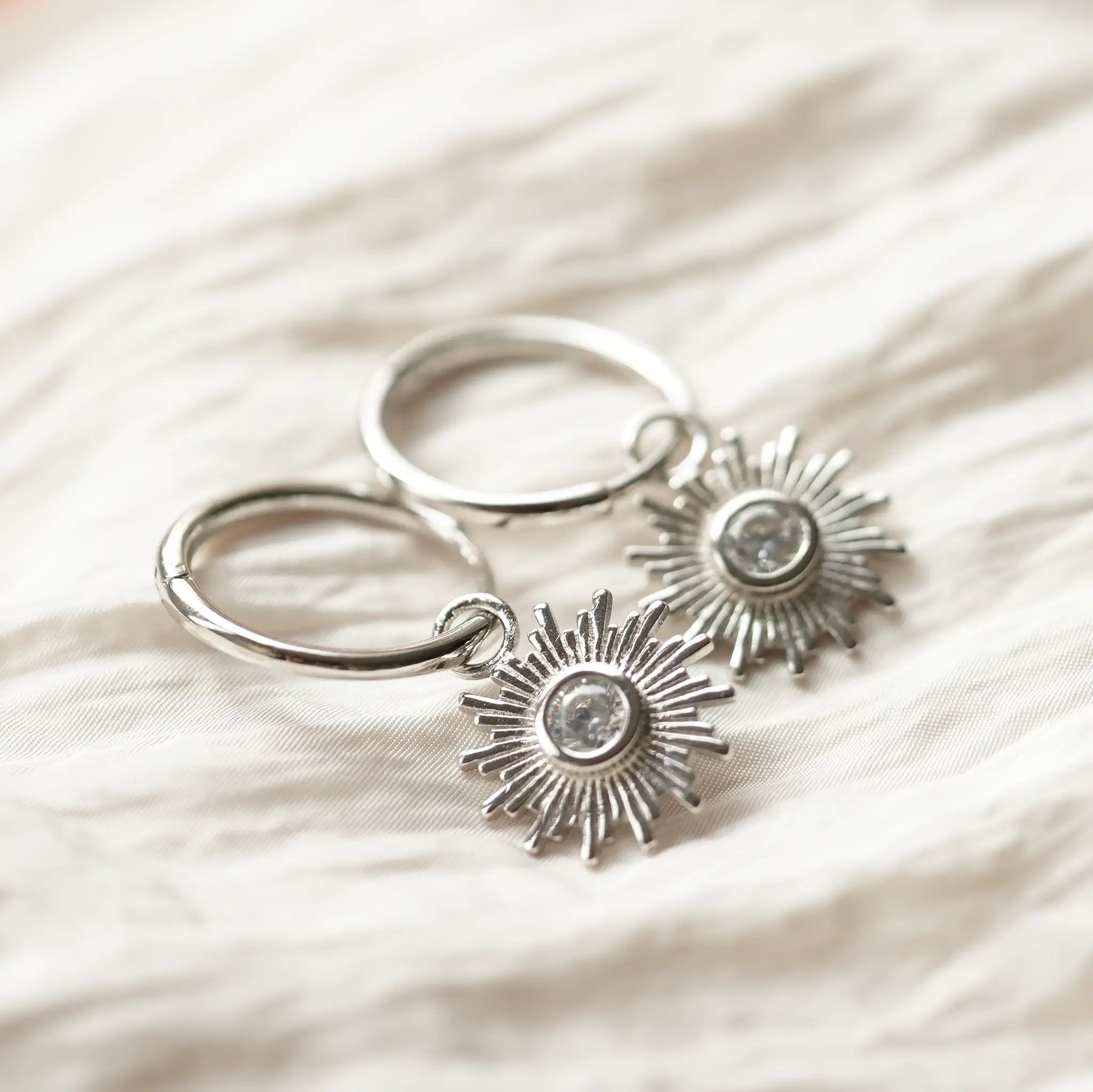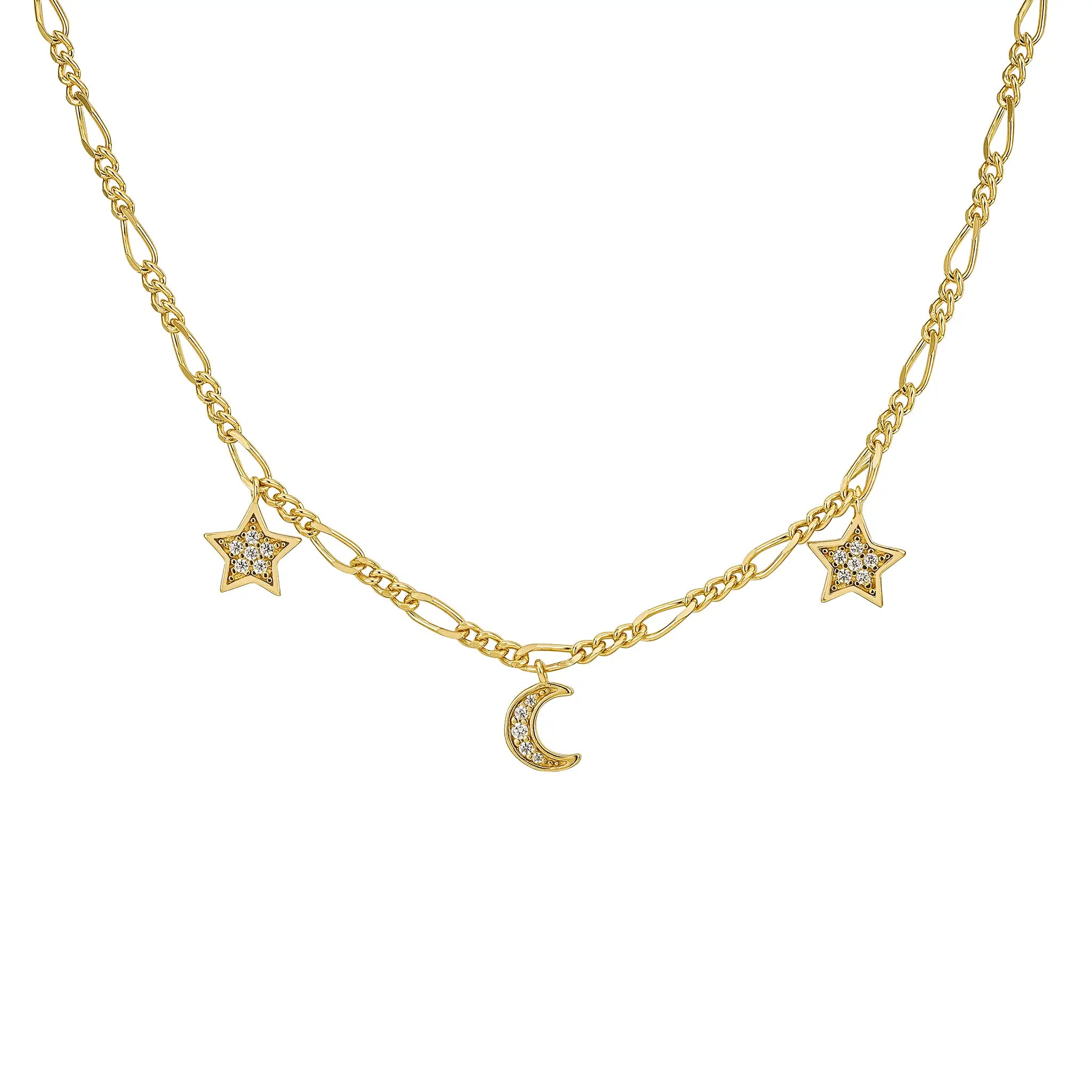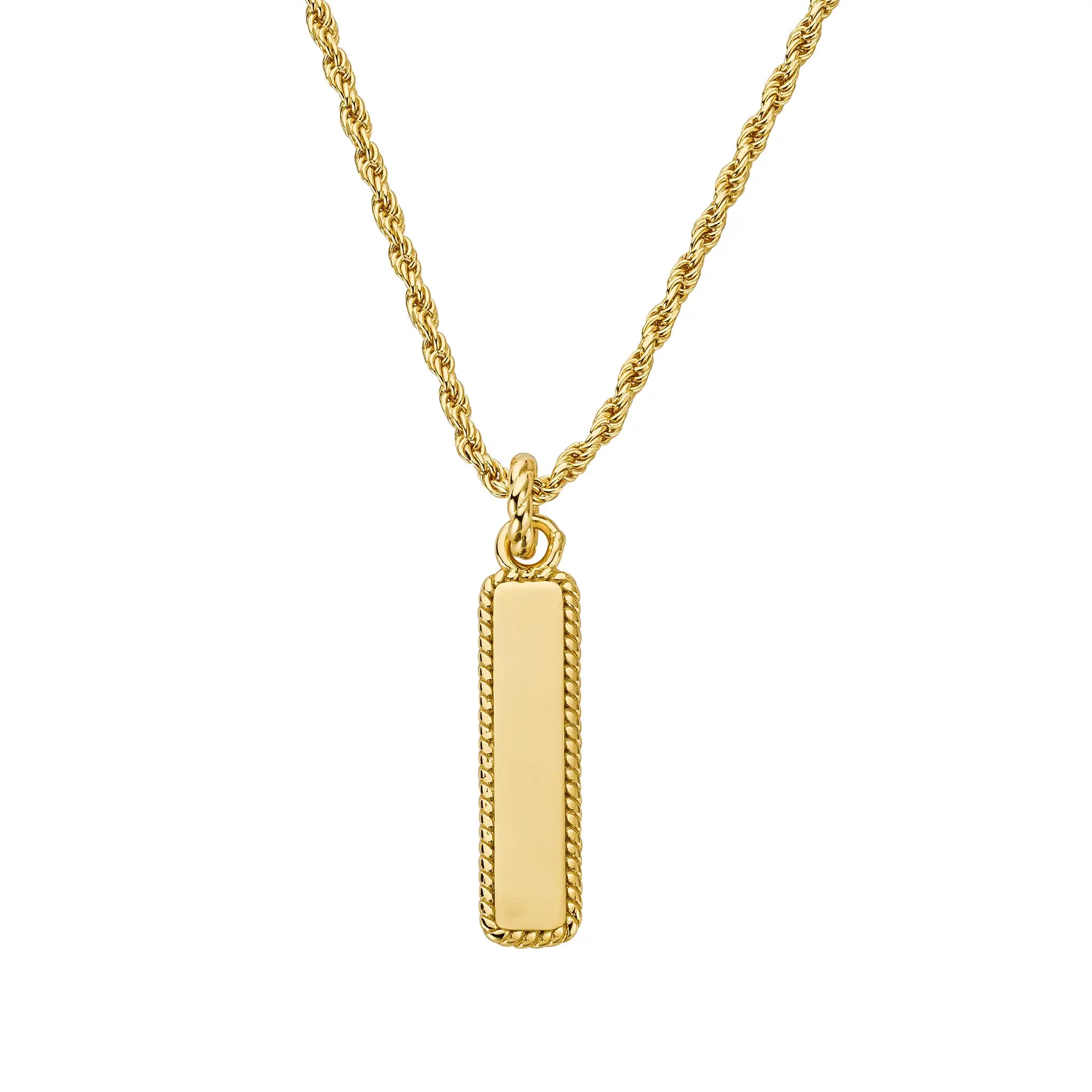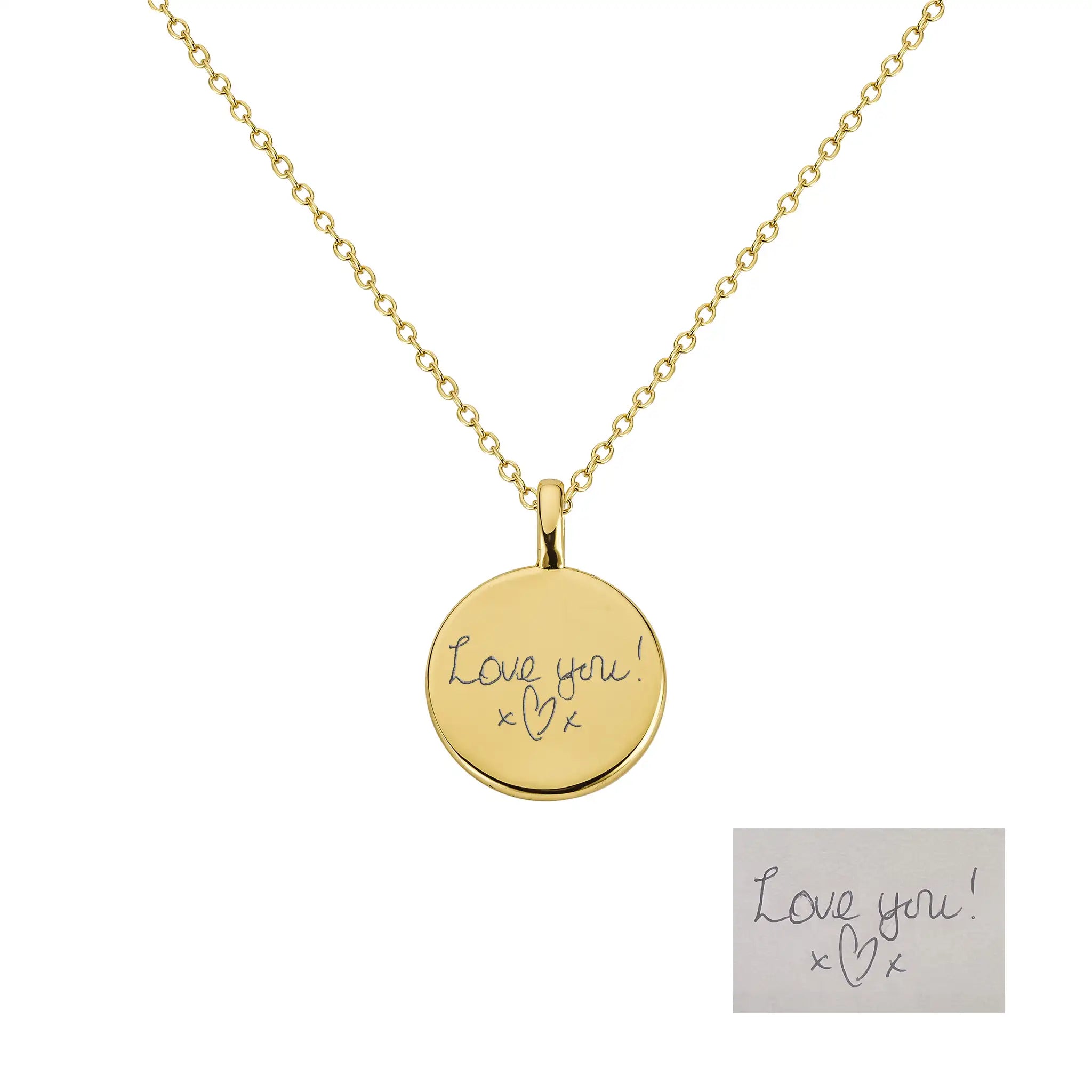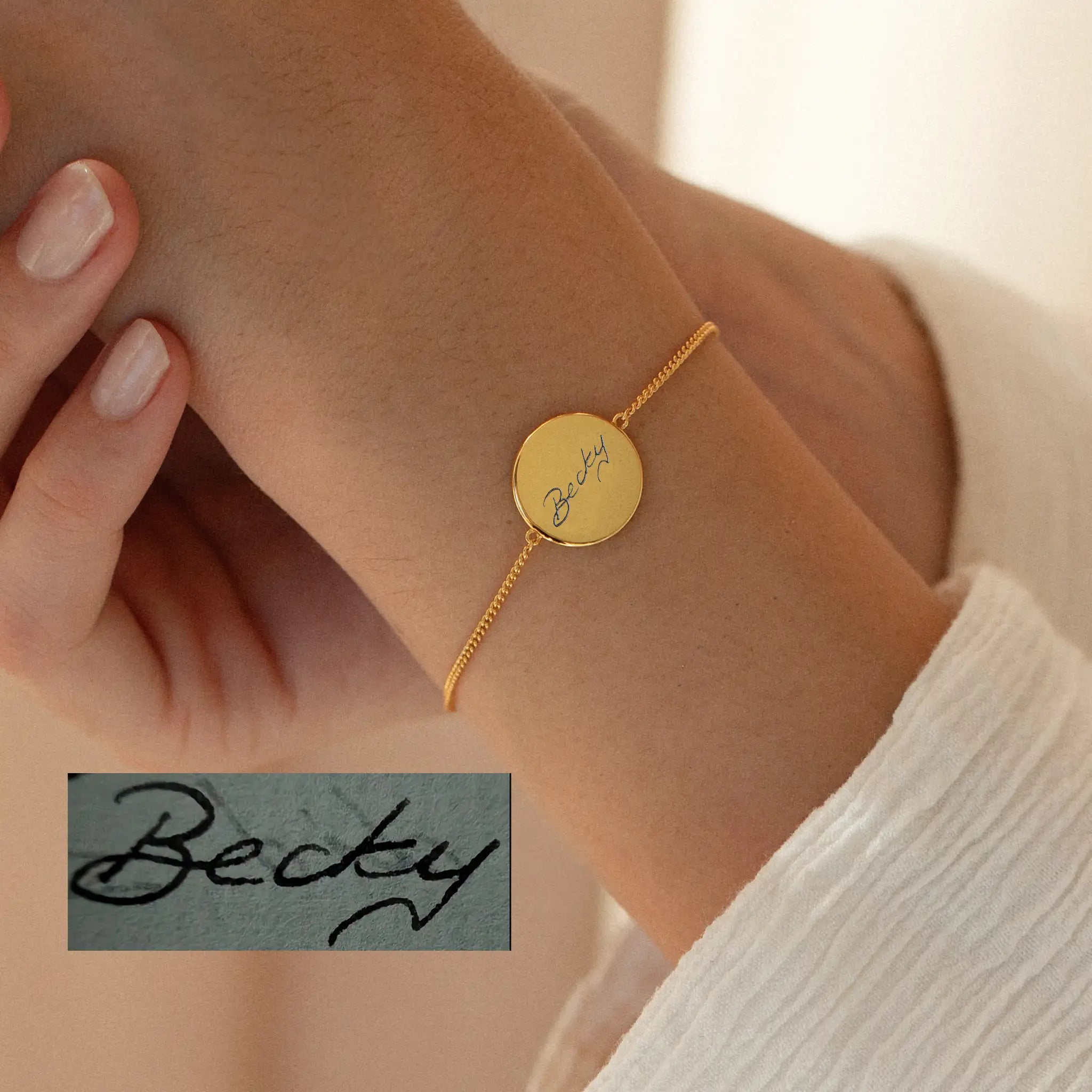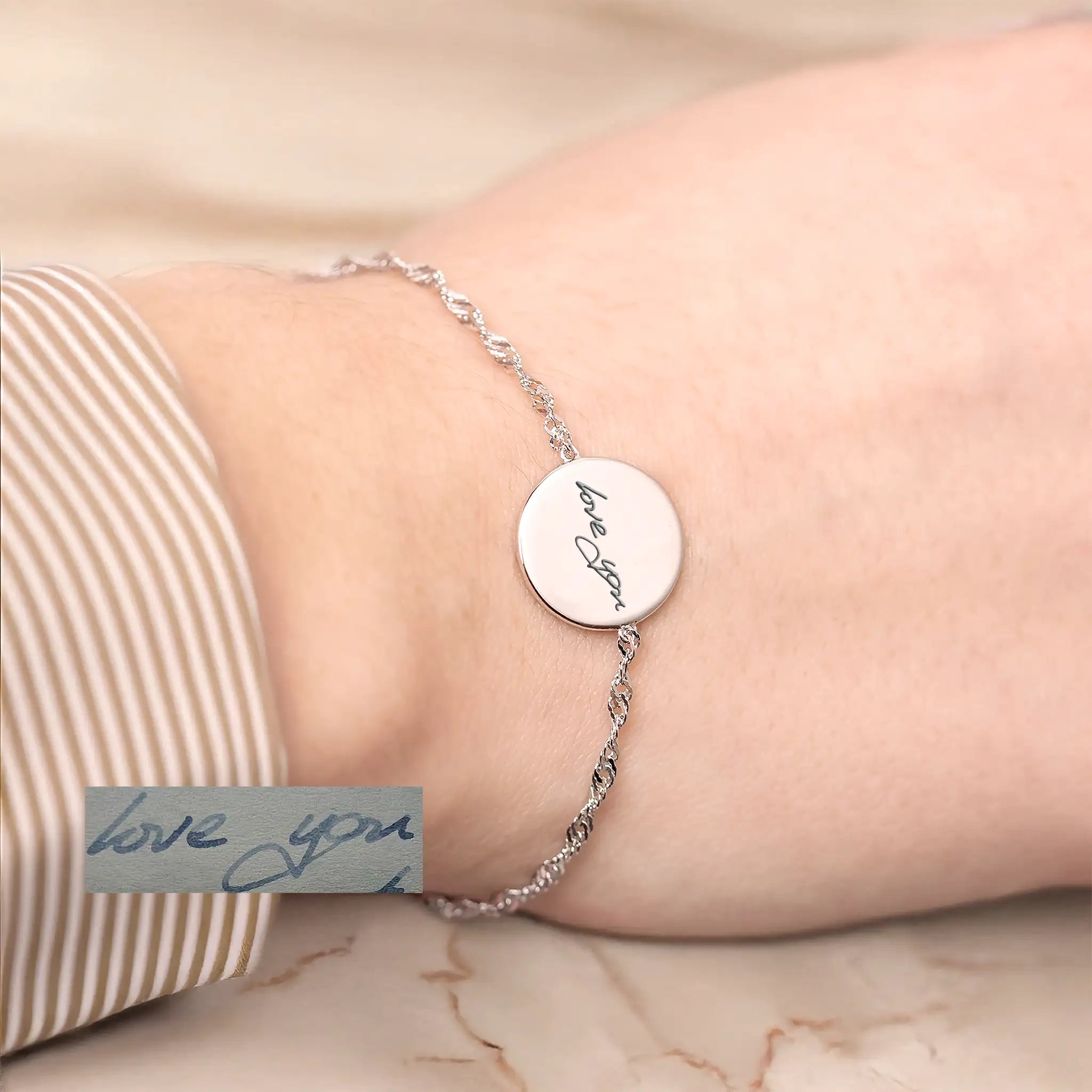What is 925 Sterling Silver Jewellery?
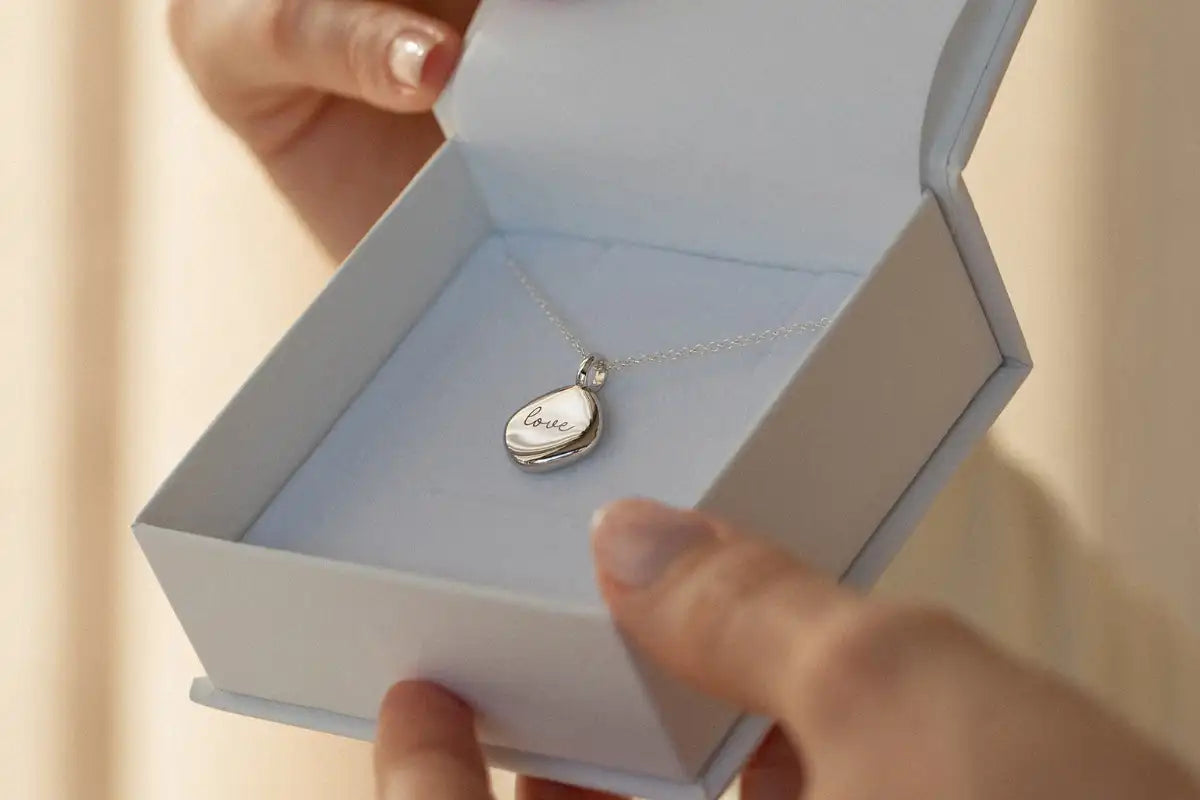
If you're a jewellery lover, you've probably heard of "sterling silver." You can recognise it by the little "925" stamped on the inside of a ring or necklace clasp. It's like those old British silver marks with "ster," "sterling," and a lion – that "925" on jewellery tells you how much silver is in it.
On authentic sterling silver pieces, the hallmark "925" or a variation of the word "sterling" is intricately stamped, typically on the back of a pendant or inside a band. If the mark is minuscule, the discerning eye may require the assistance of a jeweller's loupe or magnifying glass to identify the sterling silver 925 stamp and other relevant hallmarks.
The iconic 925 stamp serves as a reliable identifier for genuine sterling silver jewellery, denoting a composition of 92.5% silver.
Sterling silver, an alloy amalgamation of metals, diverges from pure silver, which consists of 99.9% elemental silver (Ag). The addition of one or more supplementary metals lends strength to the inherently delicate material. Pure silver, in its natural state, is exceedingly soft and prone to bending or breaking when used in jewellery without being blended with a more robust metal.
Functional silver jewellery typically contains 92.5% silver, with the remaining 7.5% commonly composed of copper. Some artisans opt for durability through alloys of zinc or nickel instead. Sterling silver fortified with copper remains a preferred choice for many jewellery collectors, particularly those with sensitive skin. At Treatfully, our products are free from Nickel and Zinc.
The composition of your sterling silver jewellery, along with environmental factors such as humidity and skin oils, can influence whether your jewellery will tarnish or cause your fingers to turn green. Refer to our comprehensive jewellery care guide for additional insights into sterling silver and other metals used in our collections.
Factors such as skin oils, moisture, and metal composition contribute to tarnishing in sterling silver jewellery.
Navigating the World of Sterling Silver Jewellery: Genuine vs. Imitations
The term "silver" can create confusion as it encompasses both a colour and an element. This confusion is further compounded by alloys labelled as silver that contain less than 92.5% silver or none at all.
While sterling silver 925 is the standard in the United Kingdom and several countries, the term "sterling" may be applied to pieces with lower silver purity in other markets. Designations such as 800 or 900 signify silver content below the American sterling silver standard. Known as European silver or coin silver, these alloys represent 80% and 90% silver, respectively.
Terms like "nickel silver" and "alpaca" describe silver-coloured metals devoid of elemental silver (Ag).
To add to the complexity, certain silver-coloured metals used in jewellery contain no silver whatsoever. Phrases such as nickel silver, German silver, alpaca, and paktong refer to alloys that mimic the appearance of silver but consist of metals like nickel, copper, and zinc. These alternatives, often found in barrettes, pillboxes, and costume jewellery, can be suitable as long as they are accurately labelled and priced accordingly.
For those seeking genuine sterling silver jewellery or navigating nickel allergies, partnering with a reputable jewellery company and conducting thorough research is crucial. Explore our collections of nickel-free jewellery, available in 925 sterling silver and 18k gold vermeil. From personalised jewellery, gemstone jewellery and real handwriting jewellery, you're sure to find something you love.

